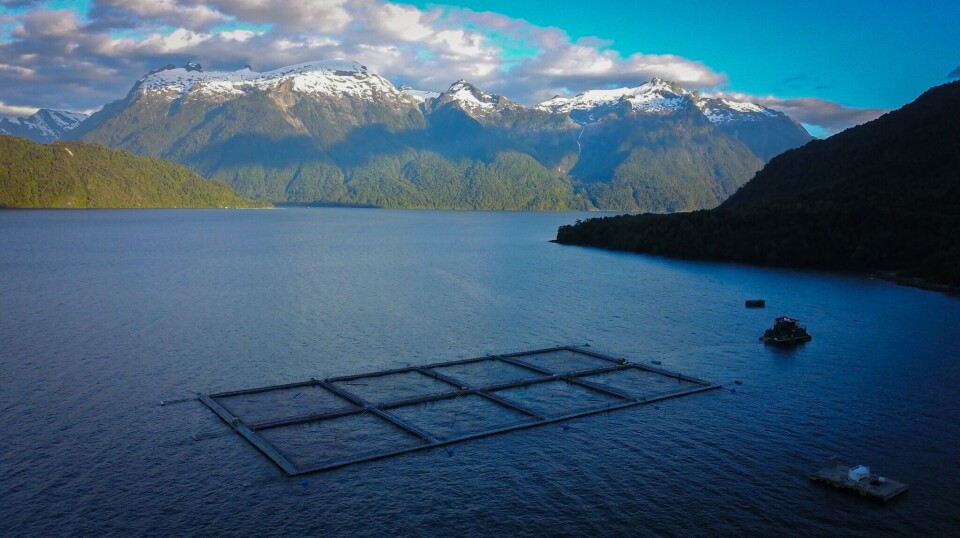
Salmon farmer plans electric fence to deter thieves
Cermaq opts for shock tactics in Chile
Salmon farming company Cermaq Chile is preparing a new strategy to prevent or reduce theft in its fish farms, installing electric fences around cage rafts at sea.
The company has asked regulators to define whether the work it will carry out in one of its sites should be subjected to an environmental evaluation.
“The work consists of the installation of a system to mitigate theft of salmonid species in their fattening stage in order to avoid attacks by third parties towards the fish culture cages,” the company wrote.
Cermaq is proposing to install an electric fence around the perimeter of the pen assembly. The fence, which would be above sea level, would be powered by electricity from the site’s feed barge.
$22m lost to theft
Recently, it was revealed that thieves disguised as police officers and pretending to be controlling the road had carried out the latest in a string of hijackings of trucks leaving the city of Puerto Montt loaded with salmon for export. The Chilean salmon industry says that the total losses from thefts from lorries amount to around US$22 million from 2019 to date.
Around 30% of farmed salmon that is transported to Chile’s central zone goes to Santiago international airport and the remaining 70% to the port of Talcahuano, with the purpose of being exported.
Matías Ruiz Tagle, lawyer for industry organisation SalmonChile, said that the last three thefts of salmon products in transit have been committed by people who disguised themselves as Carabineros. In two cases the robberies were successful, and in the other the robbery was foiled.
Cermaq is owned by Japanese industrial giant Mitsubishi and is the world’s third-largest Atlantic salmon farmer by volume, producing 171,000 gutted weight tonnes last year: 78,000 gwt in Norway, 77,000 gwt in Chile, and 16,000 gwt in Canada.






















































